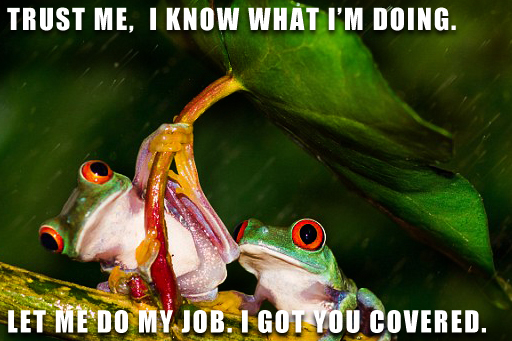“With” Not “For”
“col·lab·o·ra·tion – kəˌlabəˈrāSHən/ noun noun: collaboration; plural noun: collaborations def. 1.the action of working with someone to produce or create something.”
————
All team members in a collaboration interact under the preposition “with” NOT “for.”
In a world obsessed with hierarchy and structure, and people with egos that insist on being the boss, sometimes collaborations can turn out to be anything but!
Collaborations are most successful, when each in the team decides and agrees upon what her individual responsibility is. This is a way of fostering a personal sense of accountability within the team. No “boss” is required when each goal is established early on and a timeline for each phase of the project is clearly defined. –With those collaborative tools in place, each team member is free to make decisions and bounce ideas off of fellow collaborators, with both team members knowing why, what and when as it relates to the collaboration at hand. If additional tools are needed, all collaborators should automatically desire to step-up in the spirit of collaboration, and exchange any necessary tools to complete a job –without question or argument.
We designate project leaders to have final say in the end, or to jump in only when the individual viewpoint varies in extremes or, most importantly, there appears to be a lack of clarity in vision. Leaders help to refocus and guide the direction of a project, like a rudder on a ship. Teams do not need leaders barking overhead, telling them to row, or to how to raise a sail. –Meddling in the minutia of a project is not the mark of a true leader working on a collaborative project. True collaborations are usually composed of many leaders who posses mutual respect for each other, and the utmost respect for the ultimate goal of the project.

